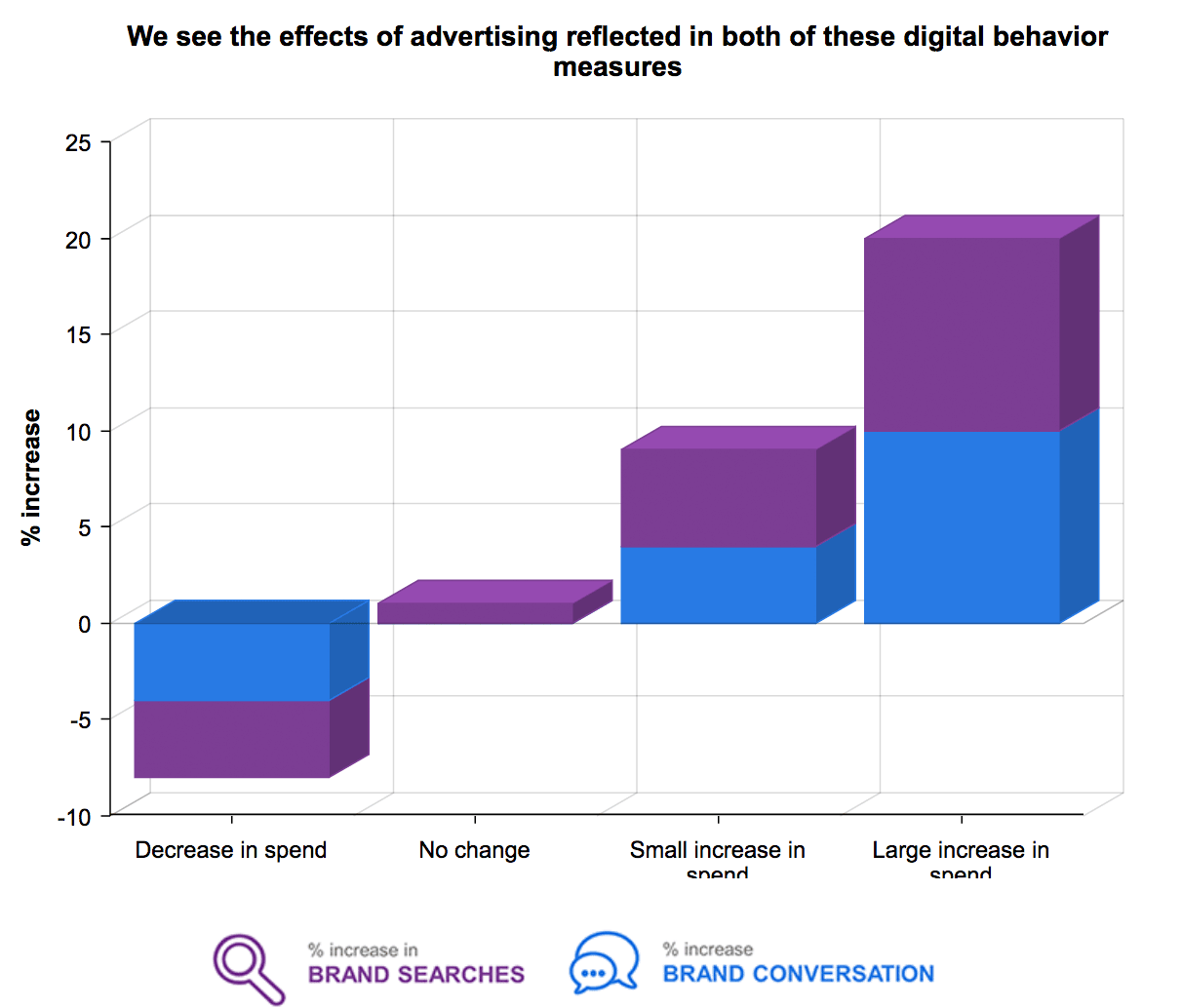Digital Transformation of Tracking
December 17, 2016
![]() By Mark Chamberlain – Sector Managing Director, Transformation Brands / Kantar Millward Brown
By Mark Chamberlain – Sector Managing Director, Transformation Brands / Kantar Millward Brown
It’s time for all marketers to catch up to the new generation of tracking. Leading edge marketers have adopted the new tracking tools that take advantage of the opportunities created by digital and mobile technologies. It’s time for all marketers to get on board with the transformation. In today’s world, speedy and actionable insight is much more important than the loss of trend data. With a huge percentage of brand value resting in a brand’s consumer equity, marketers can’t afford to fly blind, they need actionable and timely information on what is and isn’t working.
The tracking journey starts with digital signals at the core rather than the periphery
The new generation of tracking starts with the use of existing data sources. Search and social data are two sources that can act as signals of brand health and indicators of campaign effectiveness. The trick in deriving meaning from search and social data is the application of dynamic linear modelling. This allows marketers to breakdown the data into long-term underlying signals of brand health versus short-term variances that might be caused by seasonal influences, reaction to events and response to campaign spend.
Once modelled, Kantar Millward Brown has found that digital signals act as good measures of salience which broadly grows brands through one of two ways. The first is just making the brand more famous. For brands that are increasing their fame, we would expect to see an increase in how much they are being talked about. This is represented by social data. The second way is by increasing the brand’s relevance to more category purchase situations. We would expect to see brands actively making themselves more associated with different category needs, being searched for more often and searched for in relation to more things.

There are many advantages to using existing search and social signals as a core component of tracking. It is a cost effective way of providing an ‘always-on’ understanding of brand and campaign performance that is far more sensitive to digital spend than traditional approaches. It provides a weekly efficiency score that allows businesses to optimise their total communications plans in real-time.
Supplementary survey based micro tracking
Digital signals alone are not the complete solution. To provide a rounded perspective, marketers need to conduct some type of a micro survey to capture other responsive and fast-moving survey-based indicators not represented by search or social. For the ‘just in case researcher’ or the ‘ultra-cautious marketer’ currently using 25 minute surveys, a short five minute mobile micro study may sound scary, however, very long surveys are only providing a false sense of security.
People won’t complete a 25 minute survey using a phone. This makes long surveys expensive and in some cases, like when interviewing young men, impossible. Even if you are one of the small groups of people willing to spend 25 minutes taking a survey, I doubt you would be giving careful consideration to your responses after 15 minutes. High dropout rates and unnecessary information risk data quality and slow the delivery of data to the business, which can waste media investment and put brand objectives at risk.
Bringing it all together into a predictive brand guidance system
There are three steps required to take an agile, digital first approach to tracking.
Start by creating a forward looking guidance system rather than a rear-view measurement programme. To effectively look forward a key mind-set change is needed. It is critical to prioritise and invest in exploratory work before tracking begins in order to identify which metrics matter most to your brand, its objectives and its category context. Improved analytics capabilities help marketers identify measures that not only correlate with commercial outcomes like sales but actually predict these outcomes.
Once marketers have a clear understanding of the lead indicators of sales, the second step is to pump the digital signals and micro survey data collecting the indicators into an automated dashboard. The dashboards are updated weekly and feature a hot alert system that warns a business when the key predictors for a brand or its competitors are changing, allowing a business to identify tactical opportunities and quickly respond.
Given the focused nature of a micro tracker study it is likely that more data will be needed at certain points to guide and inform decisions once an alert is triggered. In some cases it may be pre-existing continuous data streams like purchase panel or retail sales. In other cases some bespoke research may be needed to uncover the cause of the threat or opportunity. This is the third step, ensuring that there is a suite of quick-turnaround automated diagnostic options that can give a business the guidance it needs to take action in 48 hours.
So there you have it, a predictive brand guidance system that is an inspiring, fit-for-purpose vision of tracking today. If all the ‘just in case researchers’ and ‘ultra-cautious marketers’ start exploring and piloting alternative approaches now, tracking will have an undergone a significant transformation by the end of 2017.






























